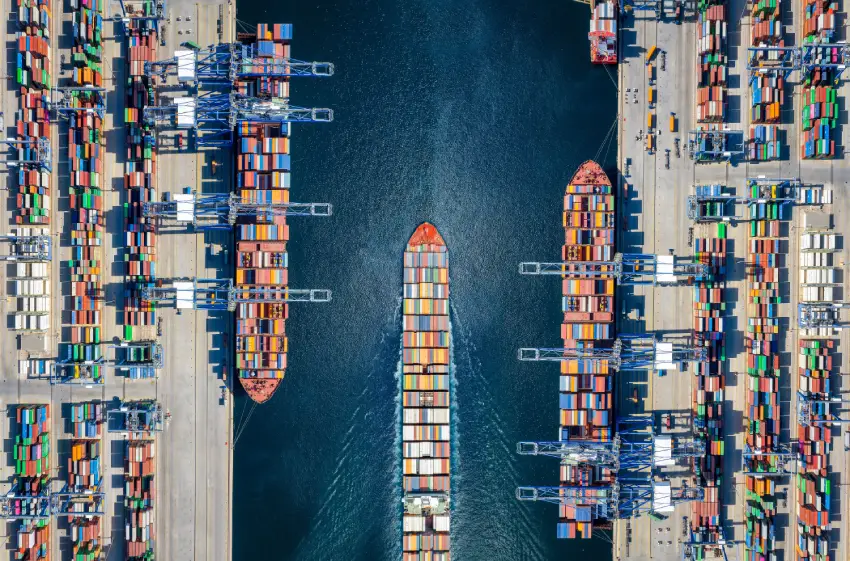Sea freight transport represents 80% of global trade. In 2024, shipping companies launched 471 new container ships to meet demand, bringing the total capacity to nearly three million TEUs (twenty-foot containers), a 10% increase compared to 2023. The seas of the planet are thus the scene of a frenetic commercial activity, and each transaction involves a series of operations that must be perfectly coordinated for the shipment to reach its destination successfully. Let’s take a closer look at logistics in sea freight transport.
Key Factors in Sea Freight Transport Logistics
One of the main advantages of shipping goods by sea, to meet the client’s needs optimally, is partnering with an expert, like Startrans, capable of efficiently managing all aspects of the operation, starting with professional advice on choosing the shipping method: full container load (FCL), maritime groupage (LCL), chartering, consolidation services…

Cargo Preparation
Once the cargo method is decided, the transport operation begins. The logistics machinery gets moving with the registration of the customer and shipment details. If it’s a full container load, after picking it up from the warehouse, it’s taken to the origin port; if it’s maritime groupage, the cargo must be consolidated at the consolidator’s facility before the full container is moved to the port.
Customs Procedures
One of the critical steps in logistics for sea freight transport is customs management. The goods must have all the necessary documentation for the export, which is reviewed by customs authorities before being loaded onto the ship. Keep in mind that there are special regimes for certain goods, and some items have specific requirements, such as pharmaceutical, veterinary, or phytosanitary products.
Operations at the Destination Port
The final phase of logistics in sea freight transport takes place at the destination port. Containers are unloaded in the area where customs clearance is performed. In addition to ensuring all legal requirements are met, paying customs duties, and relevant fees, port authorities may examine each container and its contents, which is why it’s important to have a meticulous logistics partner who ensures there are no unpleasant surprises.
Last-Mile Transport
After unloading the container, the goods are prepared for the final stage of the journey, which will take them to the receiver’s facilities. They are transferred to a train or truck for last-mile delivery. It’s important to ensure the operation is carried out properly so that, after traveling thousands of kilometres, the cargo arrives intact and in the best possible condition at its destination.
How to Find the Best Logistics Partner in Sea Freight Transport?
To learn all the details about logistics in sea freight transport and understand how it can benefit your shipments, contact Startrans, and we will provide you with expert advice.